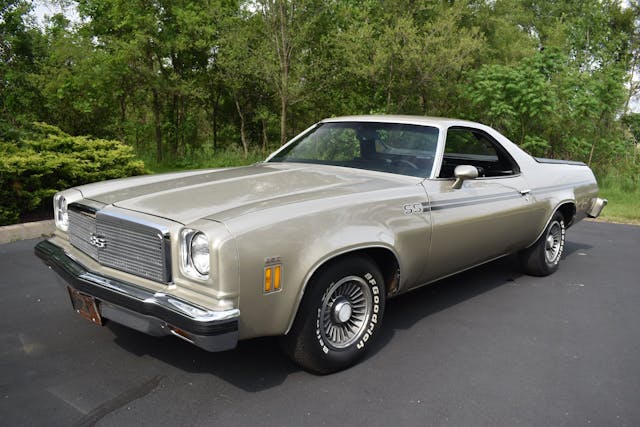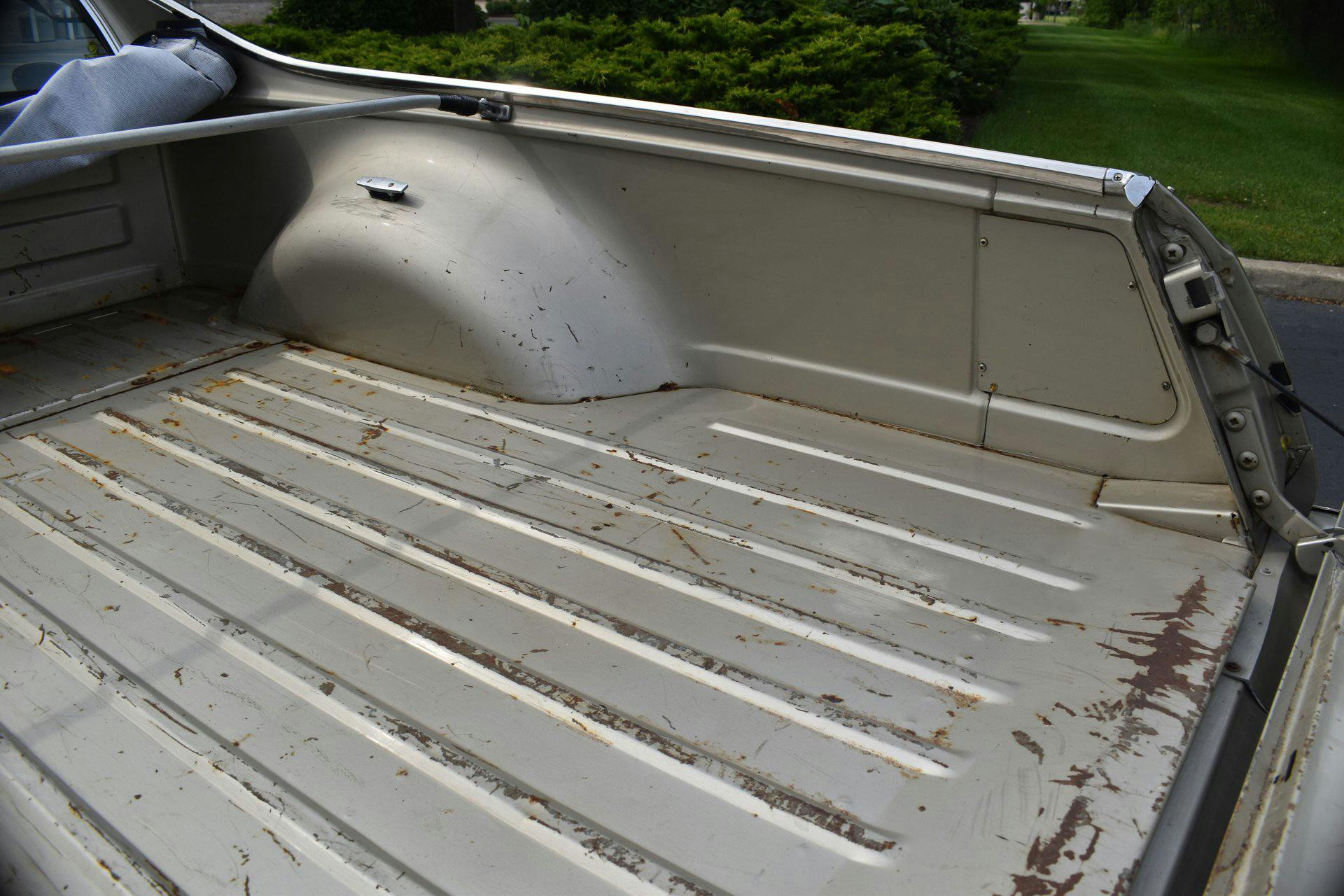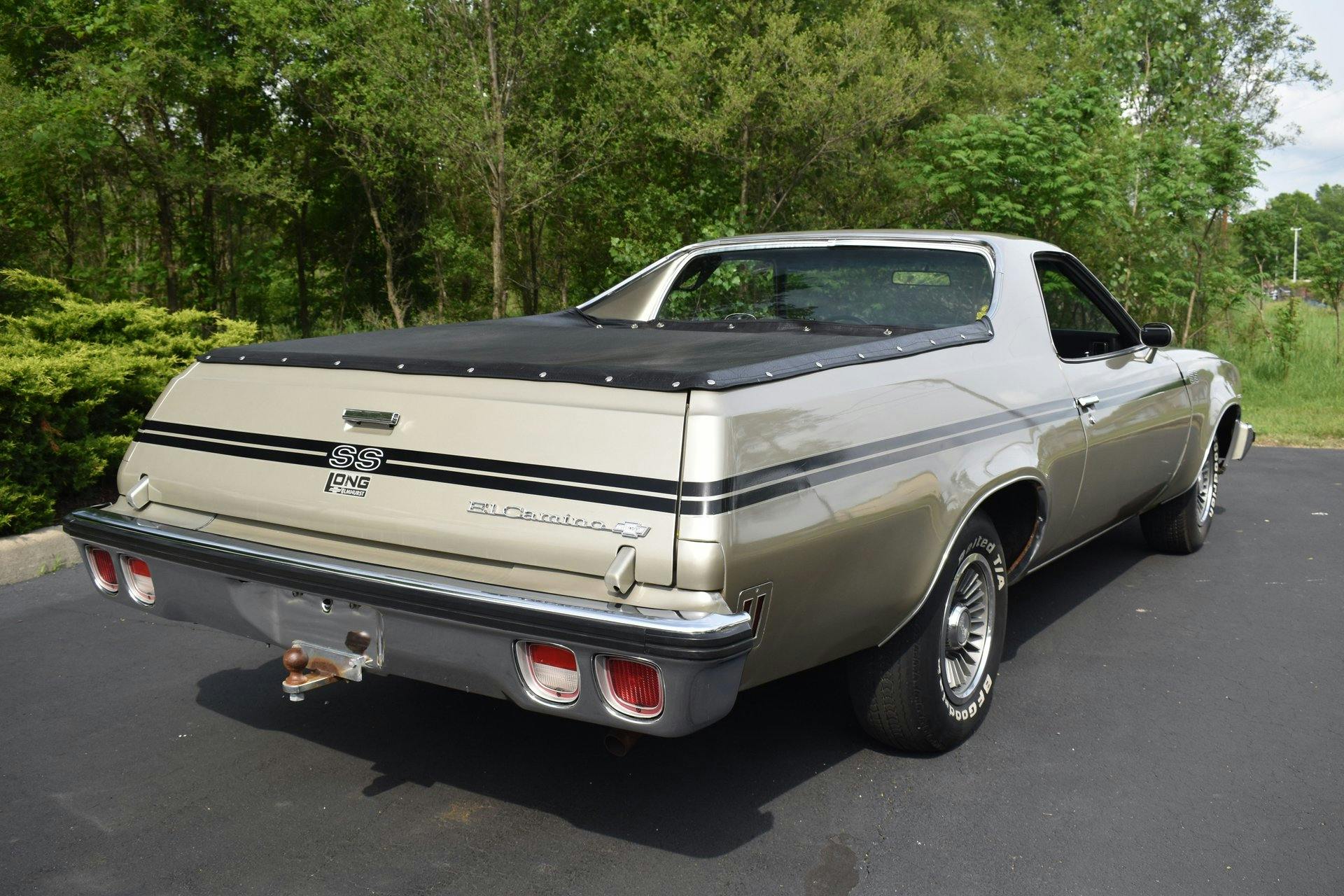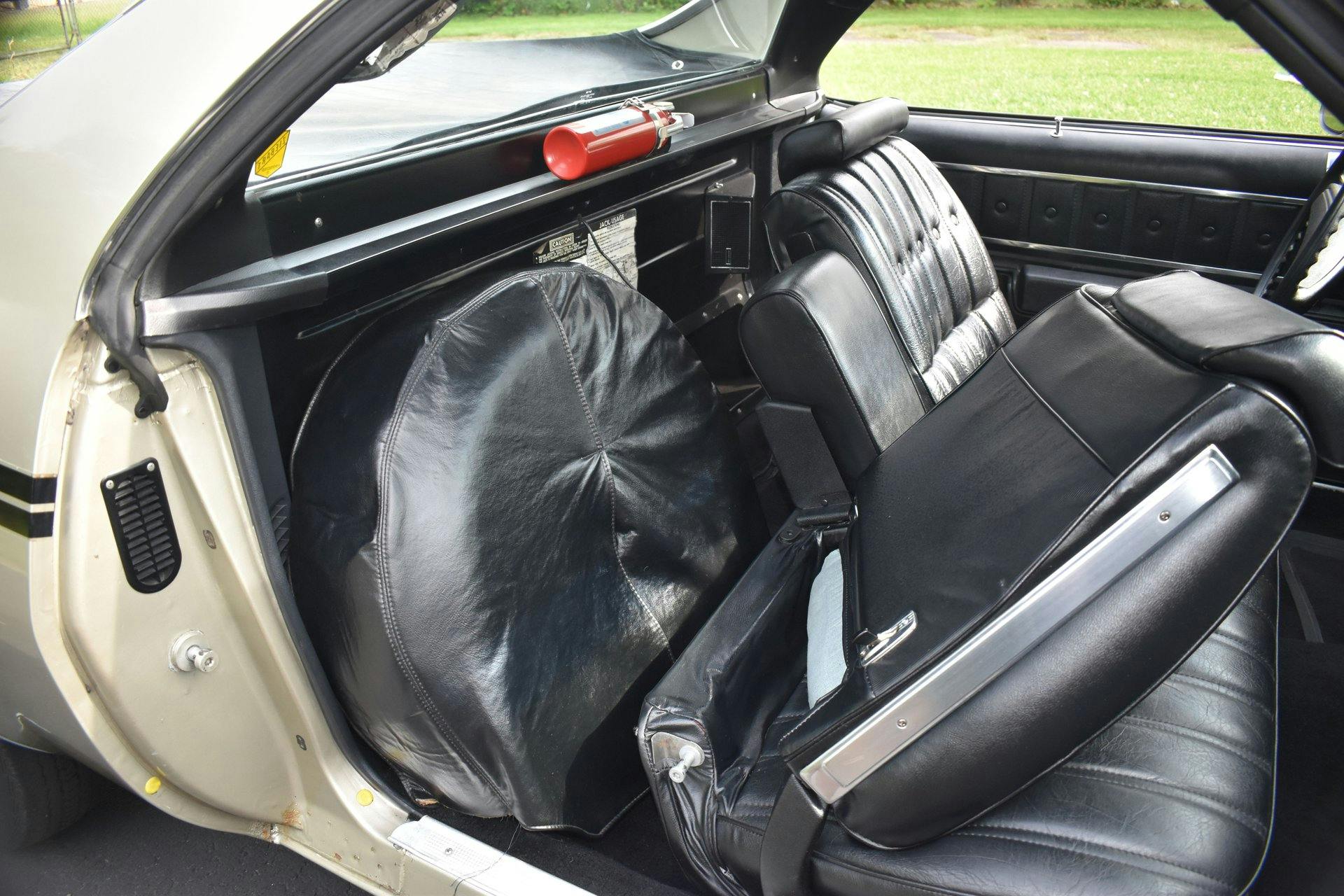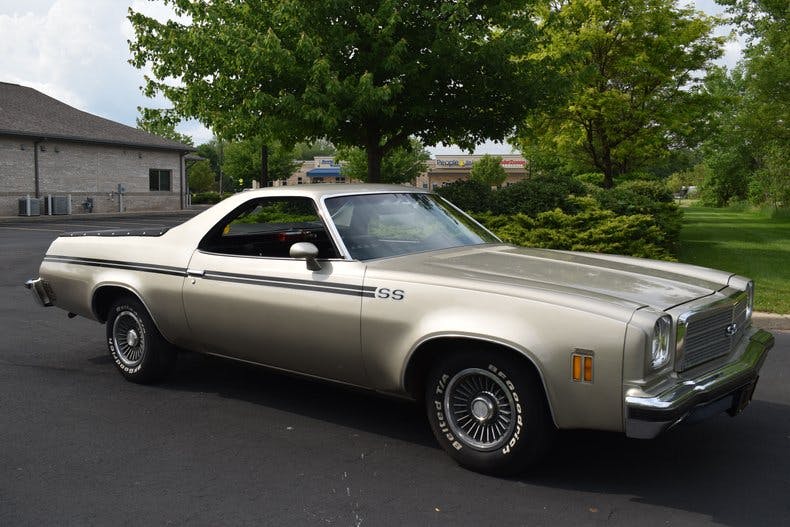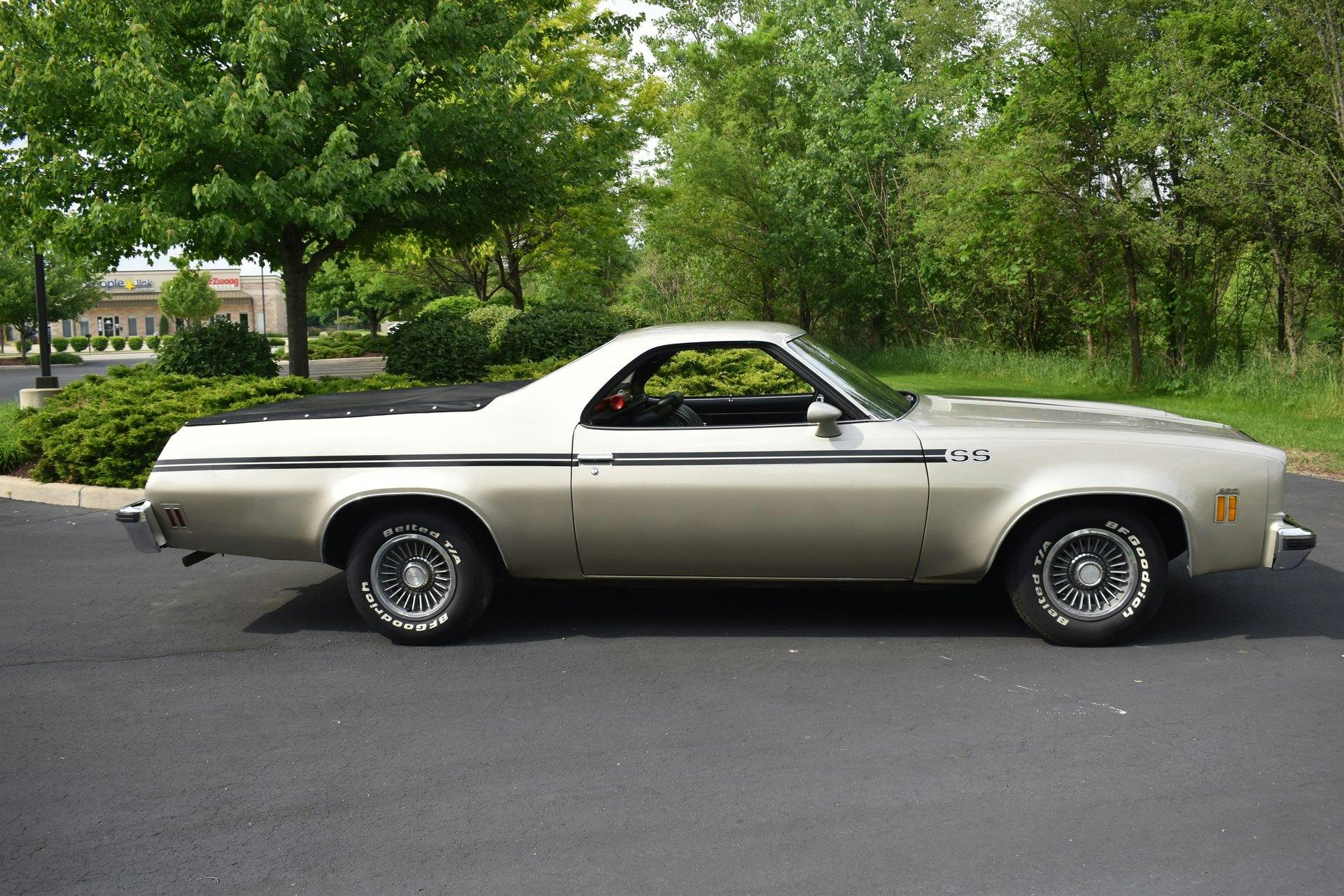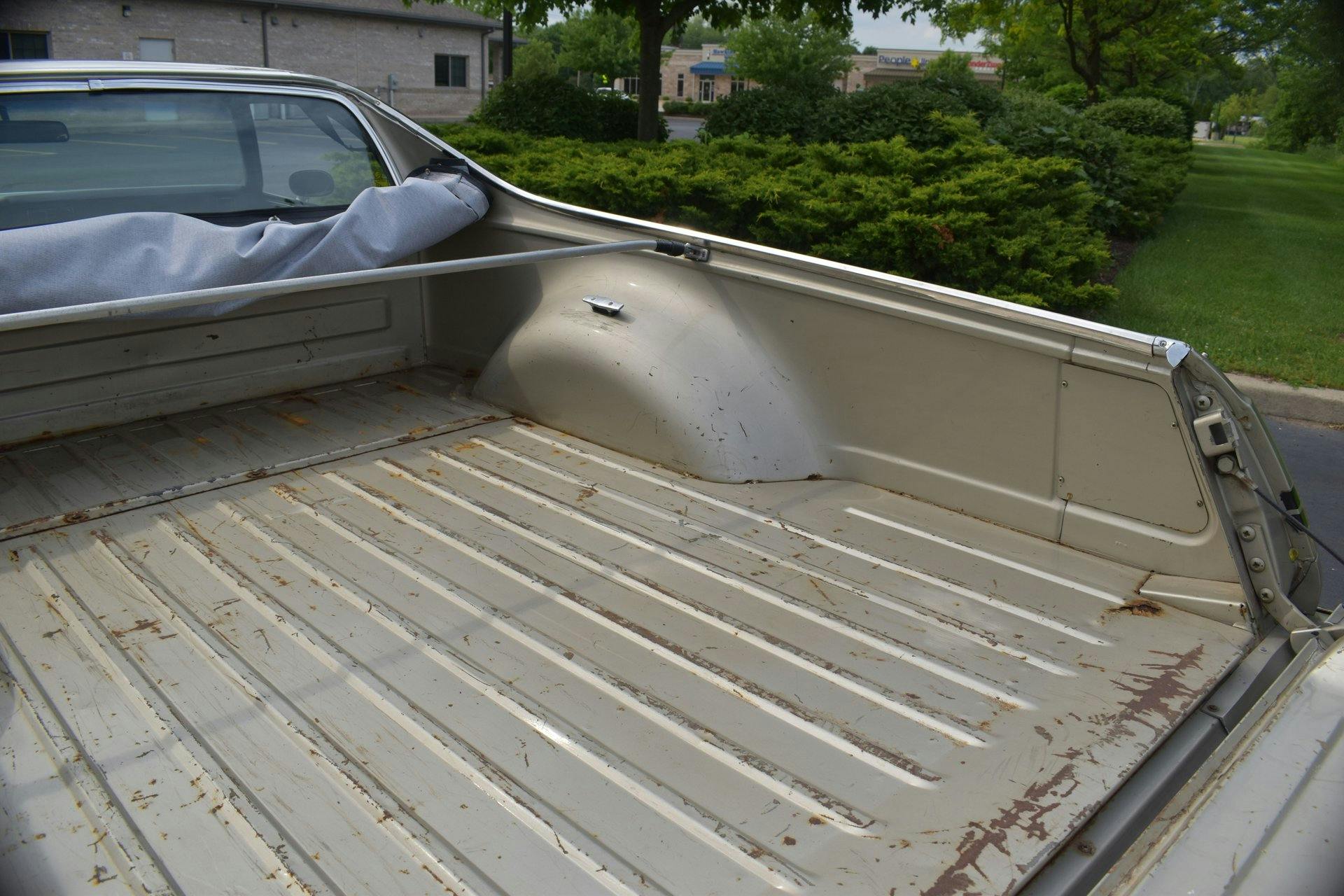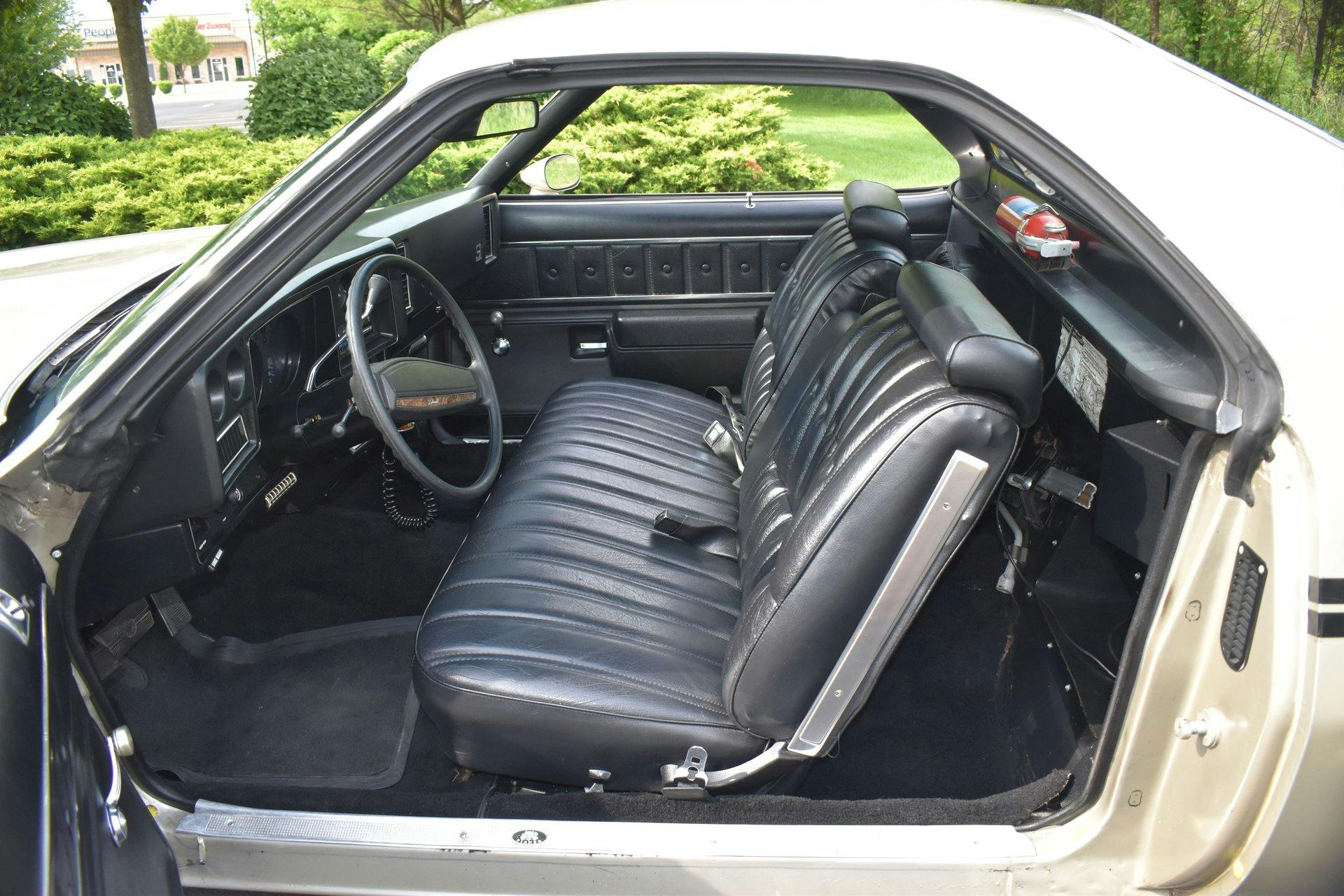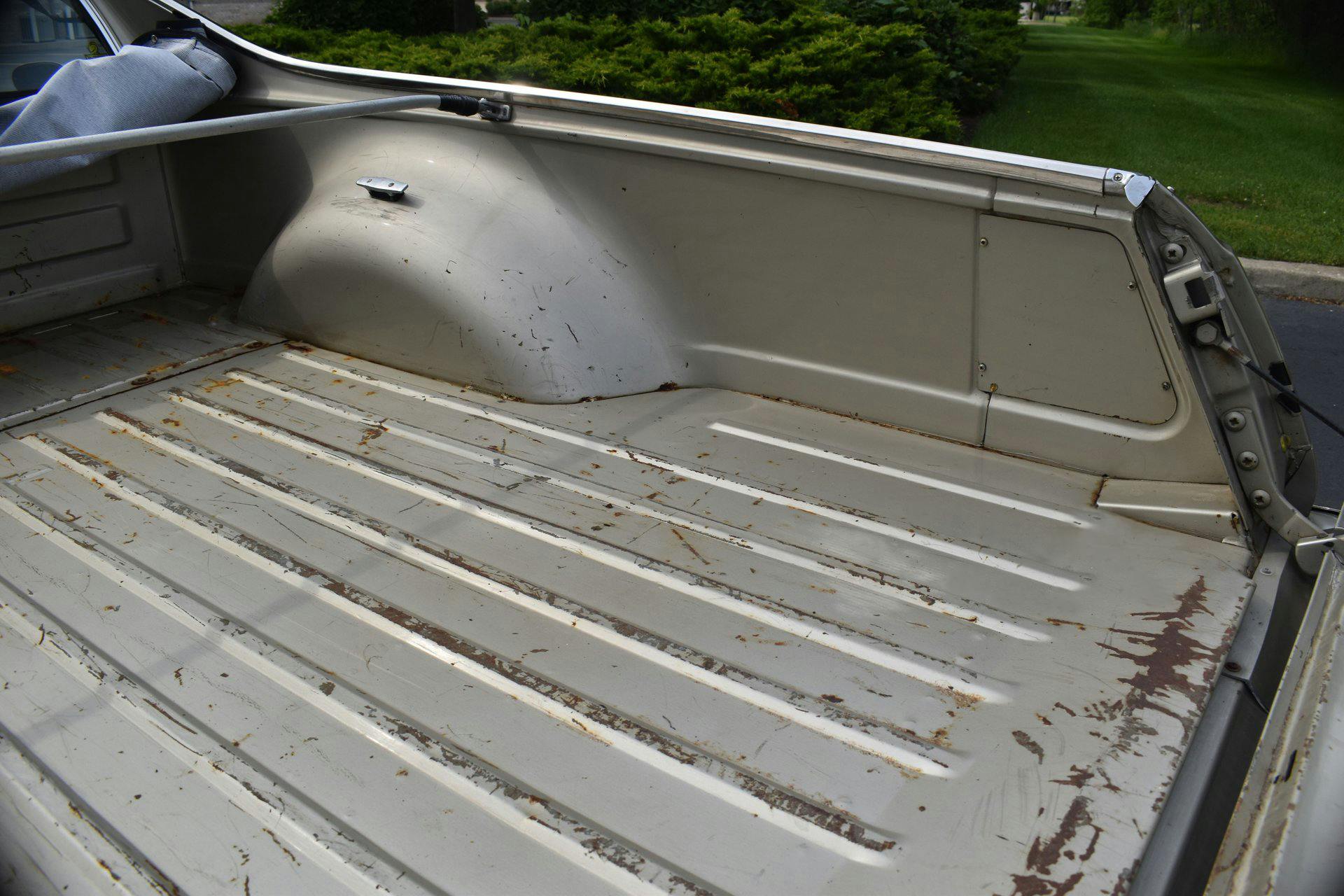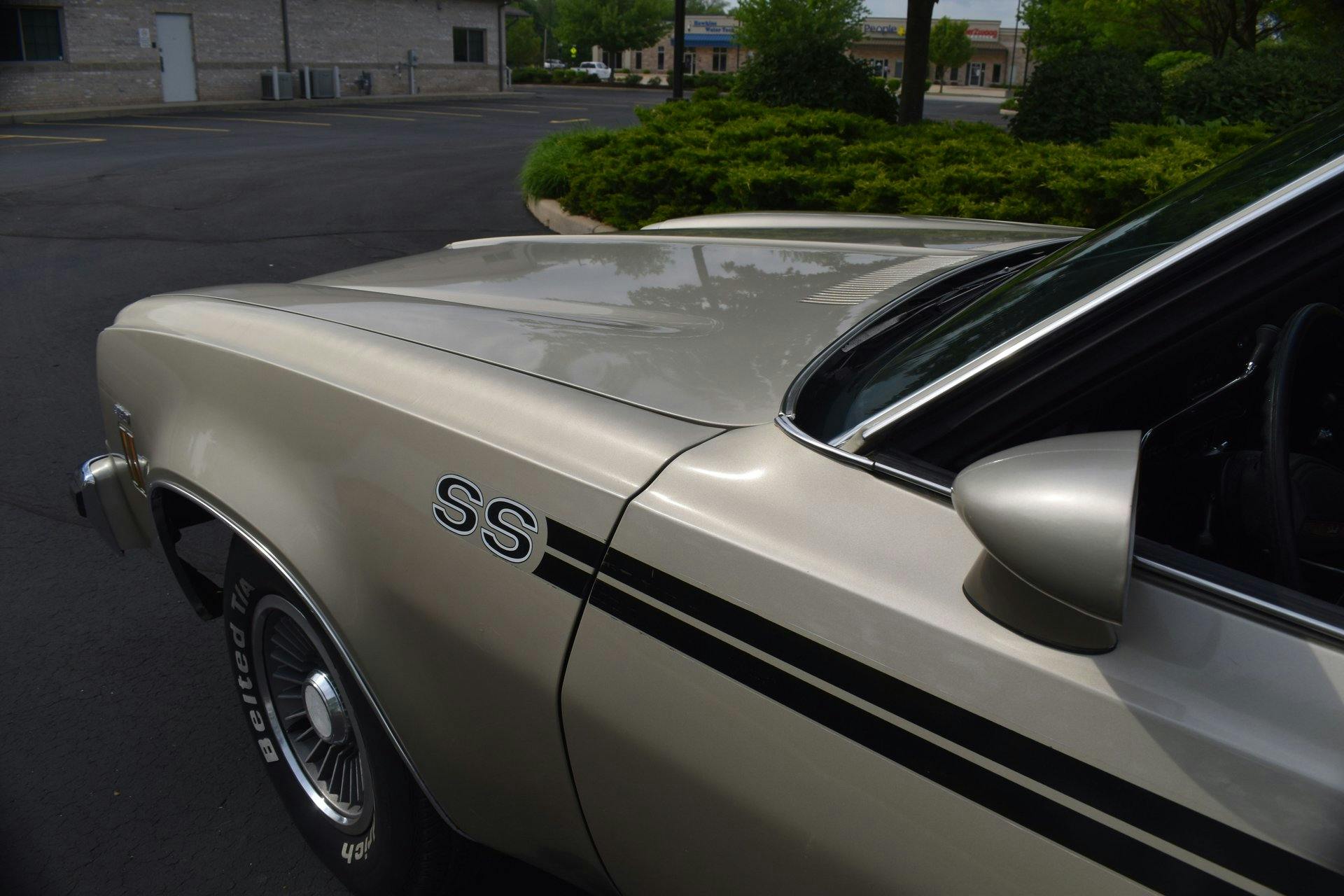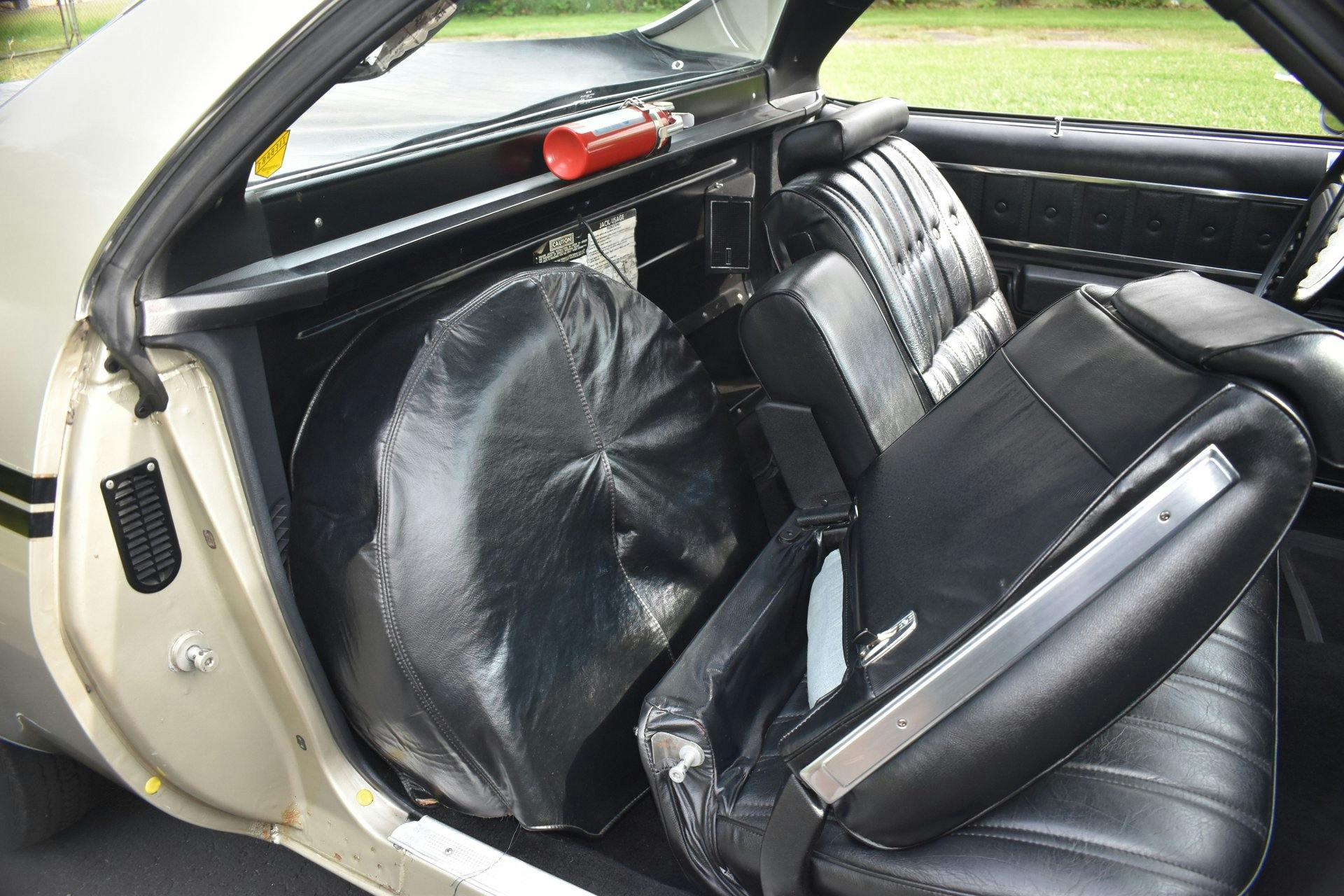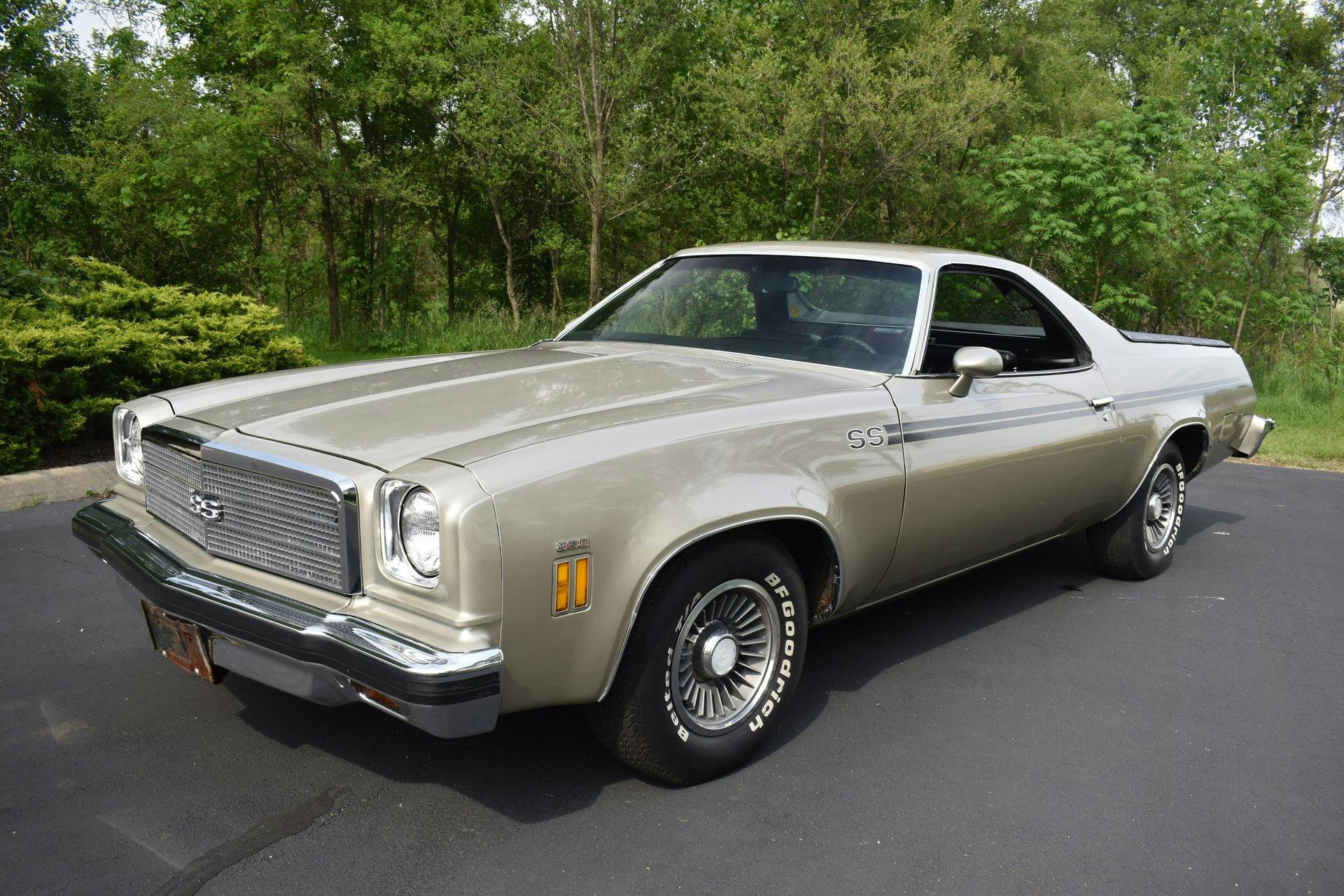Media | Articles
Chevrolet’s half car, half truck is just right for collectors
Inspired by Chevrolet’s sporty 1955 Cameo Carrier pickup and based on GM passenger-car engineering, the El Camino melded carlike styling, ride, and handling with the versatility of a light pickup for over four decades. The innovative formula debuted for 1959 and ended in 1987 (with a brief furlough from 1961 to ’63), for a total of 26 production years. The El Camino was first based on GM’s rear-wheel-drive B-body (e.g., Biscayne), later on the A-body (e.g., Chevelle), and finally on the G-body (e.g., Monte Carlo). Five generations in all.
For 1973, Chevrolet’s “business up front, party in the back” crossover began its fourth generation, which was inspired by GM’s youthful Buick Regal, Chevrolet Chevelle, Oldsmobile Cutlass, and Pontiac Grand Prix and ran through 1977. With a 116-inch wheelbase and weighing nearly 4000 pounds, it was the largest and heaviest El Camino produced.

This El Camino was an amalgam of elegant and oddball exterior features. In contrast to the windswept third-generation El Camino, up front was a ginormous chromed bumper, topped by a blocky grille, flanked by large round 7-inch headlights, and tucked inside bright nacelles evoking a Mister Peepers look. This endured until 1976, when stacked quad rectangular headlights brought the El Camino squarely in line with 1970s styling trends.
Crisp front fender lines and pronounced wheel arches gave way to long, convex doors, and the rakish B-pillars bled into graceful flying buttresses, reminiscent of the 1968 Corvette coupe. Interestingly, the El Camino’s double-wall steel bed measured 6 feet, 9 inches long—almost a foot more than today’s Silverado 1500 short box—and close to 5 feet wide. Plenty useful. Below the racy, forward-canted liftgate lay another broad, Armco-like bumper that carried quad taillights; this enabled a wide liftgate with low load-in height. Easily this El Camino’s worst design feature, the massive bumpers looked like an afterthought applied to appease rule-makers in Washington.
An available Classic package added bright trim, a Conquista package added two-tone paint, and an SS package added paint stripes, badging, white-letter tires on Turbine I or Rally wheels, and special interior touches. There was an Estate option, too, that got you woodgrain body sides. No fewer than 16 paint colors and 10 vinyl roof colors (!) were offered, including the enticingly named Buckskin and Firethorn. Inside was a choice of bench or bucket seats—sometimes pairing with a floor- or console-mounted shifter—in five colors.
Marketplace
Buy and sell classics with confidence
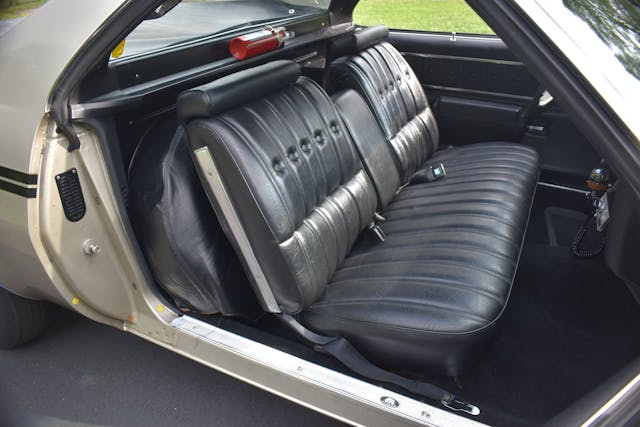

By 1973, Detroit’s golden age of unbridled horsepower had flamed out. As such, fourth-gen El Camino powertrains variously included 305-, 307-, 350-, 400-, and 454-cubic-inch V-8s, individually matched to Turbo Hydra-Matic automatics as well as three- or four-speed manual transmissions. The engine lineup even included a not-so-perky 90-hp California-spec Turbo Thrift inline-six. And proving that the horses had truly left the barn, the 454 producing just 220–245 horsepower was the top powerplant through 1975, while a 400 V-8 wheezing out 170 horsepower led the El Camino to the end of the fourth generation.
On the balance, the El Camino had an extremely credible ride, succeeding as a breakout vehicle from 1959–87 before its retirement, due to lower sales and the ascent of Chevrolet’s compact S-10 pickup. Proving the El Camino’s enduring worth, decades later the marketplace still embraces the concept, as evidenced first by the 2003–06 Subaru Baja and now Hyundai’s new 2022 Santa Cruz, both car/pickup mashups that generally follow the El Camino’s original vision. Mission quite definitely accomplished.
1974 Chevrolet El Camino SS
Engine: 350-cubic-inch V-8
Power: 145 hp @ 3600 rpm
Torque: 250 lb-ft @ 2200 rpm
Weight: 3950 pounds
Cargo capacity: 800 pounds (est.)
Price when new: $3300
Hagerty #3-condition value: $10,500–$14,700
